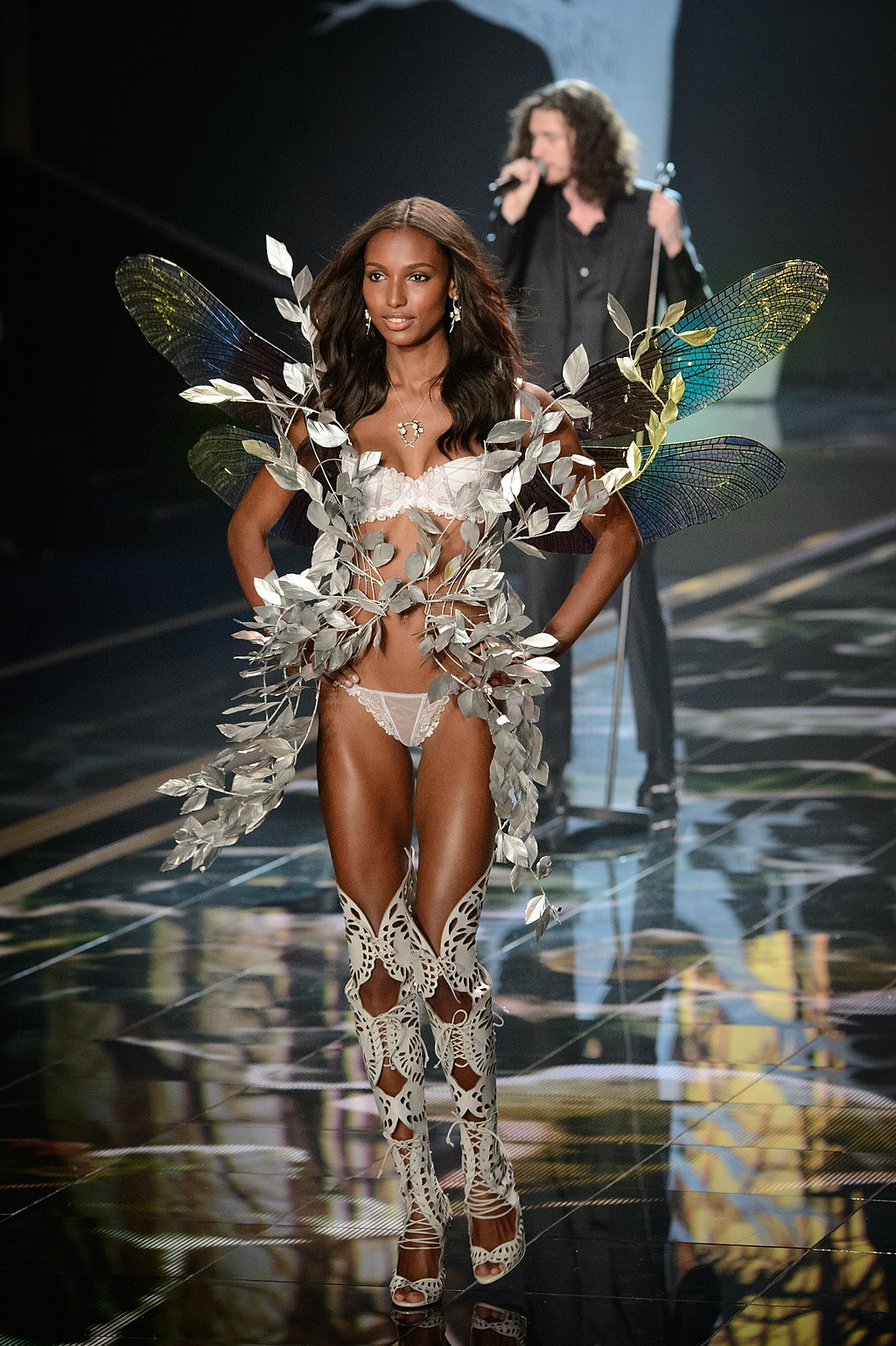
L Brands, Victoria’s Secret parent company, confirmed last Thursday that the famed Victoria’s Secret fashion show is canceled, at least for now. Chief Financial Officer Stuart Burgdoerfer claimed the show was great for branding at the time of its first airing in 2001, but now it’s time for the company to evolve. Significant declines in views and overall sales have also made it increasingly difficult to justify the jaw-dropping expense of such a large scale event. These were the main reasons given by Victoria’s Secret officials, but many are speculating there’s more to the story. It’s no secret that the brand has become highly criticized over the years. For many, the cancellation of the fashion show is the final nail in the coffin for an already dead company. Many magazines and newspapers are careful to mention the fashion show will not be aired this year, implying it might just be a temporary decision. Given all the controversy heavily documented in publications from the New York Post to CNN, it’s tough to imagine a future with a show with as much negative press as this one.
Soon after the show was aired to the public, it became the epitome of luxury and excess. High-end models such as Naomi Campbell, Gisele Bundchen, and Miranda Kerr walked in the show at one point in time, the guest list was consistently packed with A-list celebrities, and the costumes were always elaborate and absurdly glamorous. These characteristics have always been an essential part of the Victoria’s Secret brand. It is hyper-sexy, it is alluring, it is stereotypically feminine, and the models are traditional “beauties”. This type of branding has quickly lost its luster over the years as more and more women turn away from the boobs-in-your-face look for which VS push-up bras are known. It’s not abnormal for women with smaller breasts to find the affordable bralettes at Aerie more attractive (and comfortable) than the studded neon, ultra-sleek bra and thong sets on display on a stick-thin mannequin at VS stores around the country. For those with a much larger pair, the lingerie the brand has to offer doesn’t give the support they need, and their sizing isn’t all that inclusive. What a woman wants to get out of a bra is changing. It’s no longer purely about aesthetics, but mostly about how the bra fits into the woman’s individual lifestyle beyond sex. The company has not been able to keep up with this shift in ideology, and that’s reflected in their yearly show.
Victoria’s Secret tried to sell a dangerously limited version of sexy for decades, and America is no longer buying it. Even though we saw more and more women of color walk the runway in recent years, the size of each model is still highly problematic. From Tyra Banks to Adriana Lima, each woman the brand wanted to include had to endure near-brutal efforts to lose enough weight to conform to the beauty standard VS has been marketing since their conception. It seems America has realized the only thing the show was good for was watching incredibly thin and conventionally good-looking women walk around in their underwear. In 2019 there is no shortage of other sites we can do that on that don’t put on the guise of wanting to celebrate “fashion” and trends. Besides, brands like Chromat, Savage X Fenty, and ThirdLove are exploding in popularity because of their less-confusing, more inclusive size charts. Women now realize they can use their money to support a brand that is interested in evolving to fit their tastes and interests.
Some models have expressed gratitude for what the show did for their careers, which is quite problematic. Huge names like Alessandra Ambrosio, Kendall Jenner, and Winnie Harlow have all expressed how huge of an honor it is to be asked to walk in the show. Being an angel, even if it’s just for one night, is how you know you’ve made it big as a model. Adriana Lima claimed that any model in this world would love to be an angel, which is a thought that Jeffrey Epstein used to his advantage when he attempted to use the brand to recruit young girls into sex trafficking. Model Maria Farmer claimed Epstein assaulted her while posing as a recruiter for the VS catalog, and the brand did nothing to protect her. Even without the Epstein connection, the brand has been flooded with allegations of assault, rape, and sex trafficking of both models and aspiring models in recent years. Powerful men know that some young women are desperate to work with a brand as well-known as Victoria’s Secret. If these girls don’t have a famous relative helping them get proper connections, they’re often unaware of what type of relationships are appropriate in the industry, making them extremely vulnerable.
Leslie Wexner claimed officials needed to “rethink” the show shortly before it was officially canceled, but it might be too late. Now that other brands have saturated the market with pretty bras that fit well, show off a wide range of body types and ethnicities in advertisements, and won’t break the bank, a re-boot of Victoria’s Secret may seem forced. It’s great that the brand finally wants to evolve, but perhaps too much damage was done before that necessary decision was made.


